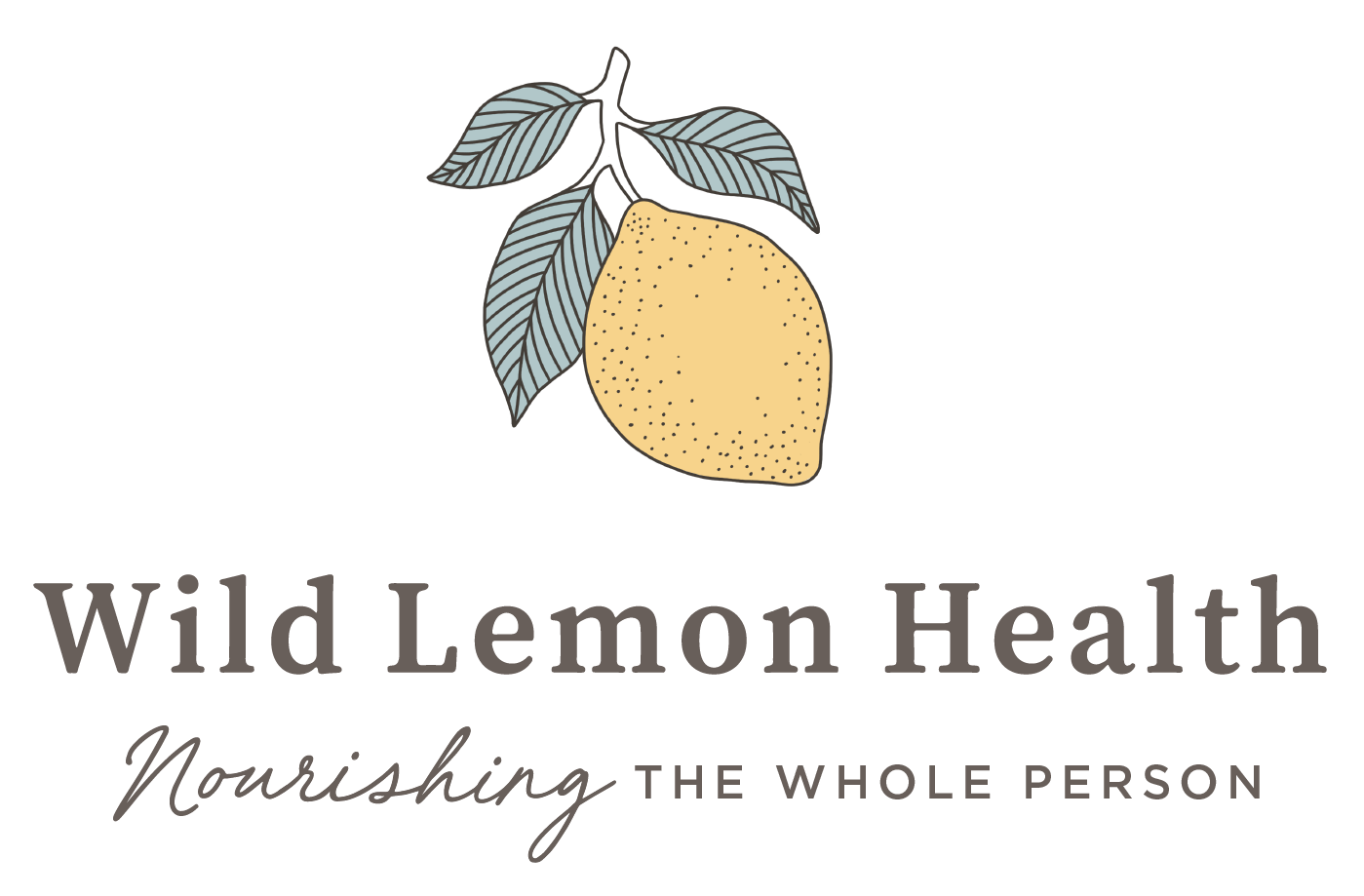Trauma lives in the body
In my practice, I routinely witness the intersection of the stress response, trauma, and resilience.
The events of our world have broken this open at a societal scale revealing the trauma of racism.
I think we’re facing some deep grappling questions: Who do we want to be to each other? How does the common good actually include those who have been marginalized and forgotten? What types of institutions will we build? How will our health system address inequity and the social determinants of health?
Alongside those huge questions, I believe that change starts individually. Or, at least, must walk in parallel to those greater societal changes.
The experience of trauma happens in the body.
It lives in our cells.
It takes up space in our nervous systems.
Therefore, caring for and healing the body is also a tool of change.
With that awareness, I’m reflecting, listening and investigating how to help guide that process with greater inclusivity, compassion, and sensitivity.
I’d like to share two voices that have been with me these past weeks:
This interview with the trauma specialist, Resmaa Menakem
And this video from Dr Nadine Burke Harris on the effects of adverse childhood events on long term health.
Just as turning towards the places in the body that are tender, difficult and painful takes courage, kindness and sustained attention, the work of this moment will not happen overnight.
My hope is that we’ll not shy away from the long term commitment it takes to live into better answers.
Looking forward with humble hearts and bold resilience, may this moment be the seed of healing both for our bodies and the greater world.
With much respect,
Dr. Antonella

